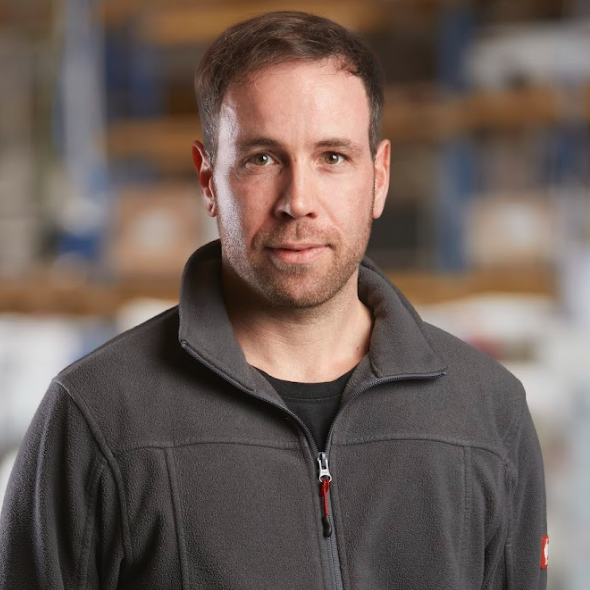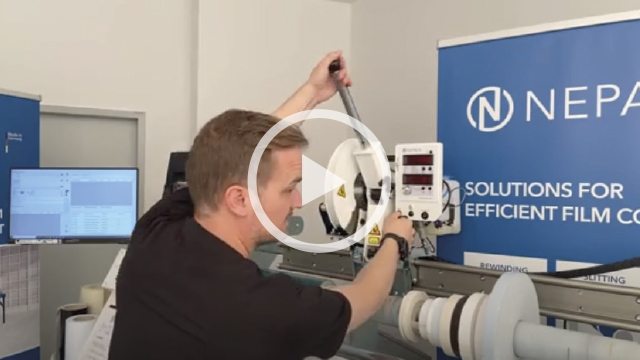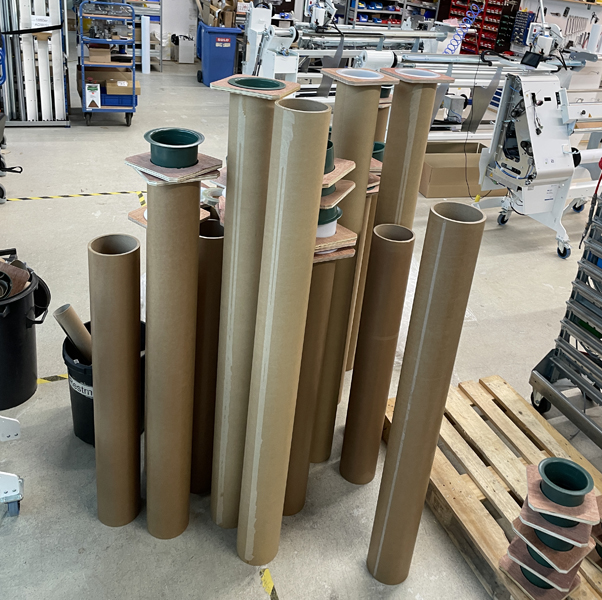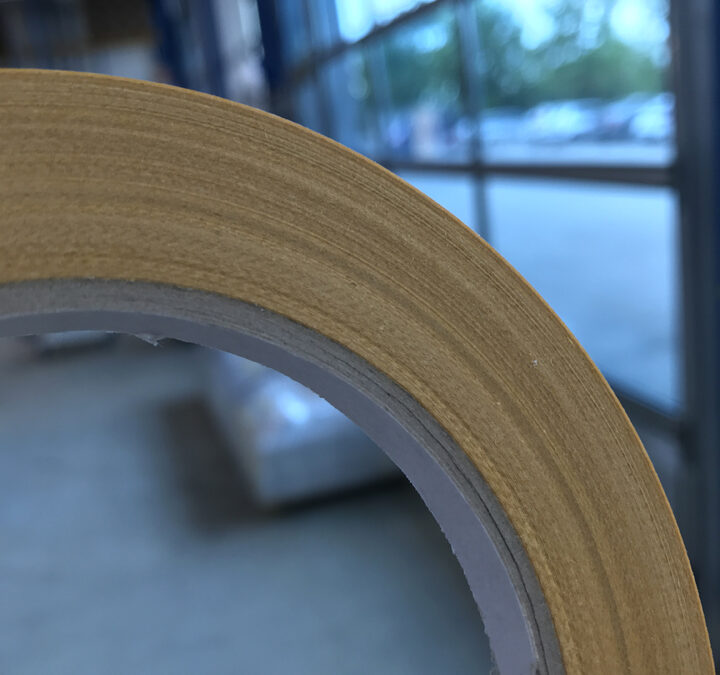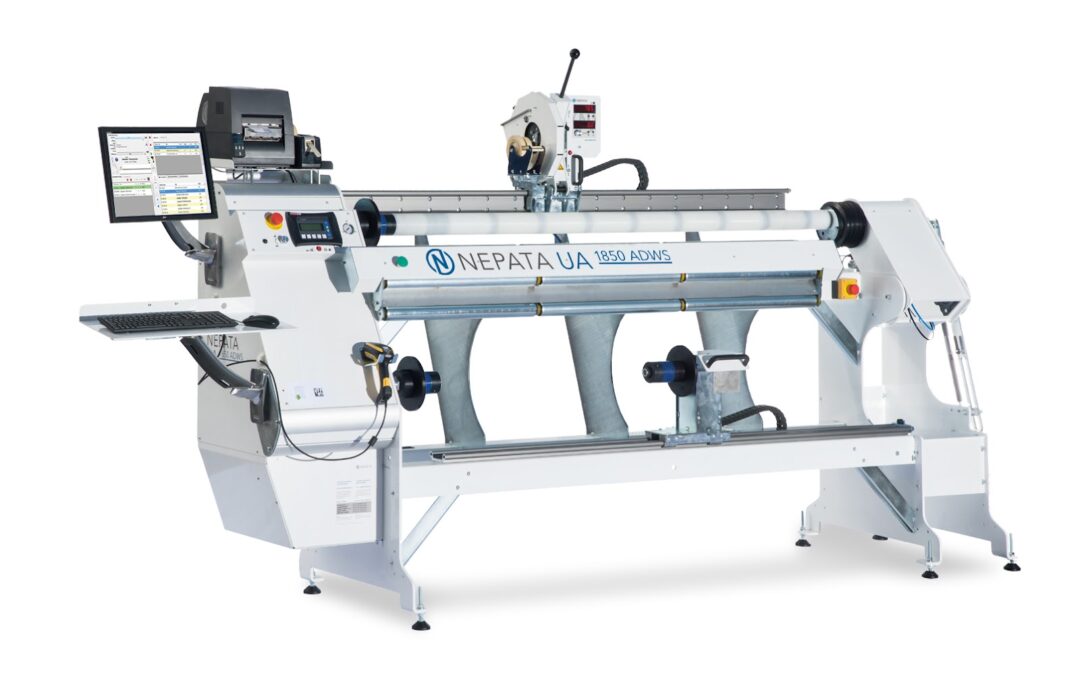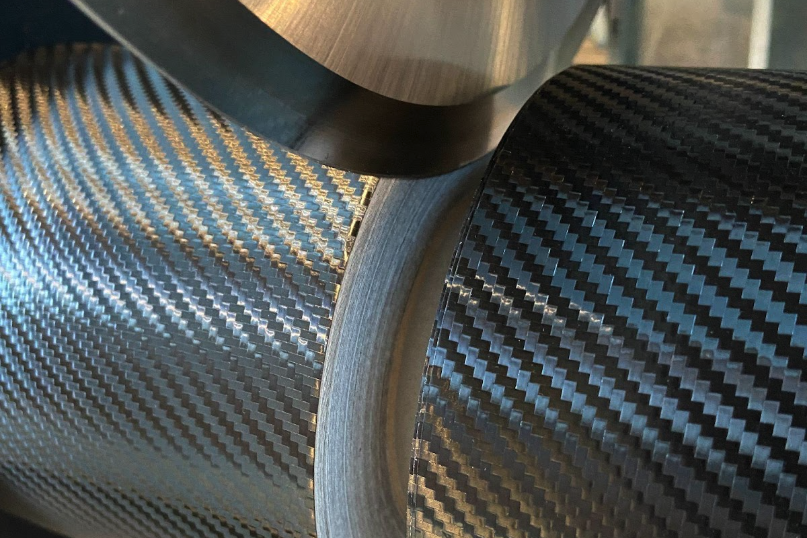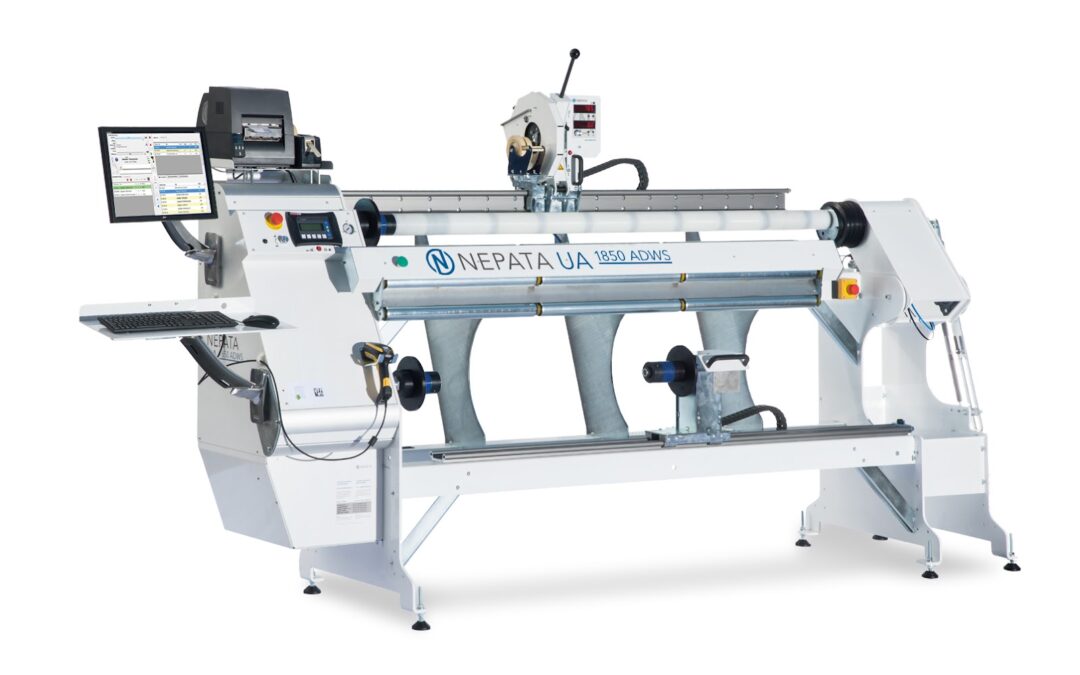The last episode of our series on optimizing film logistics was about automation and how our control software can prevent errors. But IT can do even more – it provides valuable data for your logistics processes.
By NEPATA CEO Fabian Franke.
Digitalization does not stop at film logistics. With the ConvertPlus2 software, we at Nepata offer an interface between the ERP system and the actual logistical value-added process, the winding of the film. First and foremost, the software helps to avoid errors when converting and sending. But far too little use is made of the fact that the data that is created here is also fed back into the ERP systems. For example, in order to carry out warehouse bookings, to collect information about batches or to be able to use this data in real time for sales. We still see great potential for optimization here, and not only with regard to our own solution.
Identify top sellers – and preproduce
Generally speaking, one should pay more attention to one’s own data in classic logistics – key point top/flop analysis or fast-moving analysis. To do this, I would have to be able to look up in my ERP system which film I sell, how often and in which typical lengths. Based on that, it would be able to figure out if I could possibly do a preproduction because I know I need five-by-five meter rolls in white and in black every day anyway. I can produce these at times when I have no immediate stress.
Measuring employee performance – and supporting it
Of course, the data can also be used to evaluate employee performance. Who does how much in what time – and why is that? It’s not that an employee is particularly lazy. Maybe he has much longer runs than the colleague and should actually be backed up, at least during busy times. Or do you have to move the machine that is being serviced by that employee to another location?
Optimize digital processes – just ask the people
Another point is of concern to me: It is often the case that we connect our software to existing systems. With the customers on site, we learn a little bit about how they work and how their overall system works, which we affiliate with. As outsiders, we often find it insanely complicated and cumbersome the way systems have grown. But what is even more decisive is that when the warehouse employees we speak to on site also complain about how counterintuitive and time-consuming these processes sometimes are – then, at the latest, it really is worth involving the people who do this work every day to a greater extent. What’s actually so time-consuming? What else can you also optimize in the digital processes – one click, one scan, start a printout, get something from a tray again for … So, you see: digitization does not always have to be a completely new project. Already with the existing data and the existing processes – cleverly used – a lot of time can be saved again and the employees are relieved in such a way that they can invest their time in the value-adding processes and are not held up with secondary activities.
Even more optimizing strategies
Automation through software or robots – you can find out which solutions are available in this article. Here you can read our suggestions around walkways, the utilization of machines and how to handle cardboard cores. Or you can use our consultation on film logistics and digitization.
More tips in this video…
https://www.youtube.com/watch?v=haY0OTJrPsw


